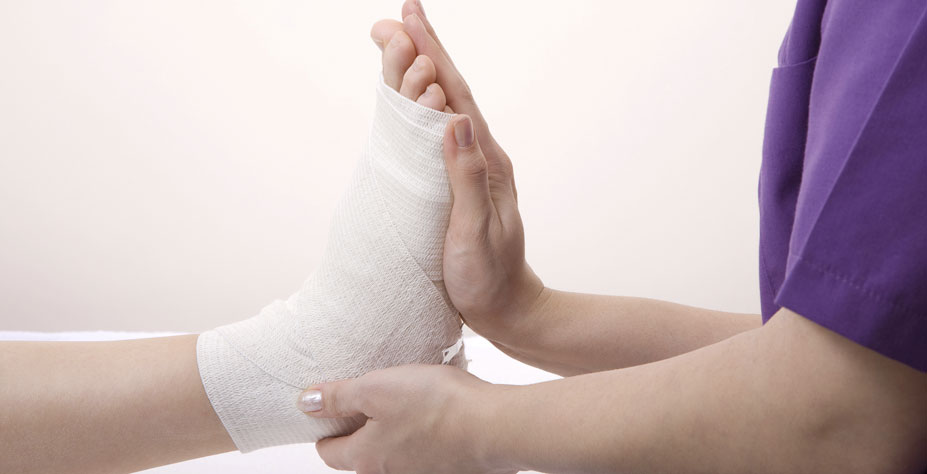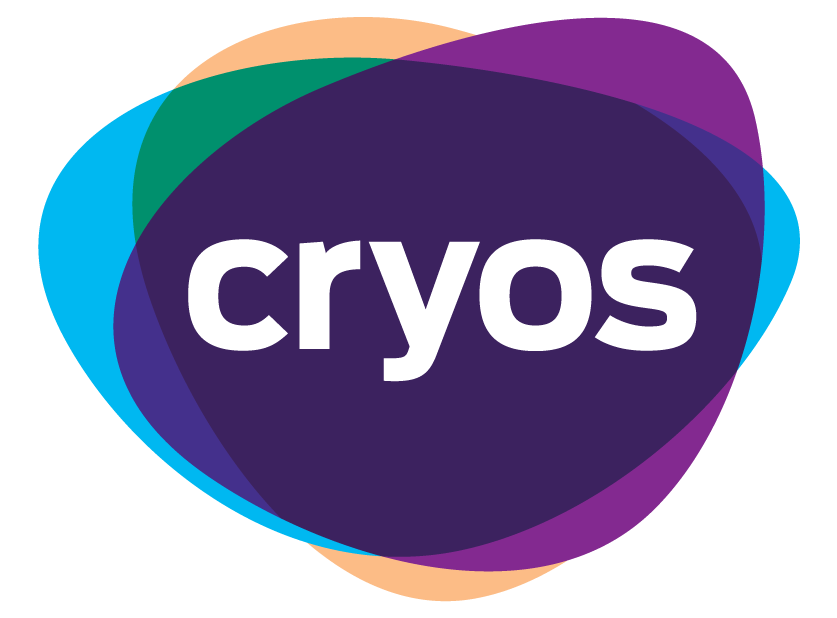Foot Orthotics and Surgery

published on 10/02/2018
Forefoot surgery is a treatment used for conditions such as hallux abducto valgus (a deformity commonly called a bunion). When a patient is experiencing pain or limitations that are detrimental to his or her quality of life, surgery in the forefoot is a possible solution. In fact, surgical treatment may be combined with foot orthotics to attain increased beneficial effects that can be felt both before and after surgery.
WHAT QUESTIONS SHOULD A PATIENT ASK BEFORE FOREFOOT SURGERY?
Before considering surgery, the patient has to first understand the cause of the condition. It is recommended to consult a foot doctor, who will conduct a complete biomechanical examination in order to get to the source of the problem. The DPM will then be able to explain what biomechanical factors are responsible for the deformity in the forefoot. If possible, they will recommend orthotic treatments before invasive surgery. In all cases, the patient will be better prepared to understand and make an informed decision about all the proposed treatments to cure a forefoot problem.
WHAT ARE THE MAIN CAUSES OF FOREFOOT DEFORMITIES.
Most forefoot deformities are the result of instability with respect to how the feet are functioning. The patient may have a deformity of the feet originating from one or more factors including:
- the initial positioning of the feet
- the biomechanical alignment of their axes of motion
- an environment factor, such as their shoes and the type of surface on which they walk
- the frequency and number of consecutive hours they are on their feet
WHY ARE FOOT ORTHOTICS RECOMMENDED BEFORE AND AFTER SURGERY?
Patients with bone deformities such as hallux abducto valgus (bunions) will have better results if their walking gait is normalized by wearing foot orthotics before surgery, as well as after. The treatment will control the causal factors, which will accelerate the healing of the surgical area (bunion). If movement is still not optimal, the wearing of foot orthotics will compensate for future demands placed on the forefoot. The patient’s walking gait will be more ideal preventing the recurrence of the same deformity.
WHAT IS INVOLVED IN THE WEARING OF FOOT ORTHOTICS PRIOR TO FOREFOOT SURGERY?
The majority of forefoot surgeries are caused by biomechanical problems such as bunions. Patients with biomechanical pathologies should wear functional orthotics between 3 and 6 months prior to surgery, as recommended by their foot doctor. The DPM can prescribe foot orthotics to correct, prevent, and compensate for biomechanical deformities.
Following forefoot surgery, the DPM may modify the anterior foot orthotics or prescribe new ones in order to control the axes of movement of the feet. Because the foot structure will have changed following surgery, it is important that the patient’s feet and devices are re-evaluated by the DPM. Cryos medical imaging technology and orthotics are an excellent choice to help examine the feet and for the prescription of new orthotics.
CAN THE WEARING OF ORTHOTICS DELAY OR PREVENT THE NEED FOR FOREFOOT SURGERY?
If the wearing of orthotics is prescribed at a young age, it is possible to delay or prevent certain foot surgeries required to correct biomechanical deformities such as hallux valgus, hammer toe, and other conditions. In fact, many patients with biomechanical problems have to wear orthotics, even after forefoot surgery, while some can choose to wear orthotics without having to resort to surgery. It is recommended to consult a foot doctor to help you determine which solution best fits your situation and needs.
Keywords: Foot orthotics / Flat feet
Lynda Cormier, DPM
Inspired by her father's career, Dr. Lynda Cormier, DPM, began her career in 1984 as a podiatry assistant in Montreal. In 1986, she graduated as a Chiropodist from the "SMAE INSTITUTE" in England. In 1992, she earned her Doctor of Podiatric Medicine degree from the New York College of Podiatric Medicine in the United States, following which she became a member of l'Ordre des podiatres du Québec (OPQ). While practicing, she has completed courses and training in biomechanics and ambulatory surgery for the feet, and in 2003, she was awarded the "Fellowship of the Academy of Ambulatory Foot and Ankle Surgery". That same year, she contributed to the Paralympic Games by providing knowledge and services at the athletes' foot clinic. Since 2006, and a as part of the organization, she has been the Director of “Fit Feet Quebec.” Every year, the games are held throughout the province of Quebec. A proud supporter of the development of the foot doctor’s profession in Quebec, she enthusiastically takes on interns to help with the completion of their training.
- 86 Prom. du Portage
- Gatineau, QC J8X 2K1
- 819-205-7433
- Website
